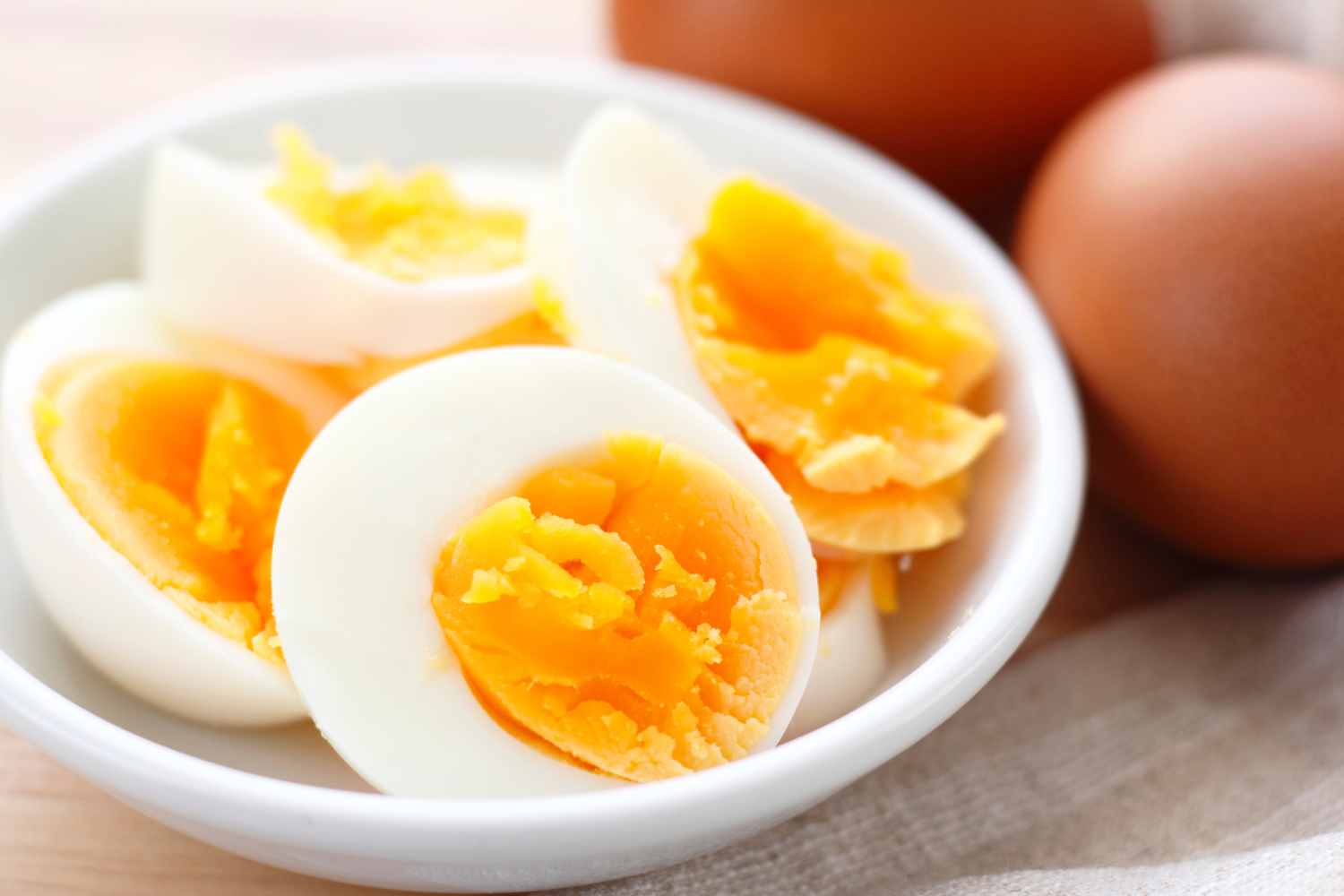The greenish ring that sometimes appears around the yolk of hard-boiled eggs is not a simple aesthetic defect, it indicates incorrect cooking and the formation of iron sulfide, a substance that's better to avoid

It can happen that when opening a hard-boiled egg, you find a greenish zone around the yolk and wonder if it’s normal. Many people underestimate it, considering it a minor issue, but in reality that color indicates that something in the cooking process didn’t go as it should.
This is well explained by Dr. Silvia Petruzzelli, Nutritionist Biologist, in a Facebook post, clarifying that it’s not simply an aesthetic problem. That ring actually signals the formation of iron sulfide, a substance that’s better to avoid.
How does the greenish halo form? Everything starts from natural chemical reactions between the egg’s components:
- Production of hydrogen sulfide: the sulfur present in the egg white, during cooking, can combine with hydrogen, creating hydrogen sulfide, responsible for the typical rotten egg smell
- Reaction with iron in the yolk: if the egg remains at high temperatures for too long without immediate cooling, the hydrogen sulfide reacts with the iron in the yolk forming iron sulfide, visible precisely as a greenish ring
How to cook hard-boiled eggs to avoid iron sulfide formation
Dr. Petruzzelli’s practical advice is simple but effective:
- Immerse the eggs in already boiling water
- Cook them for a maximum of 8 minutes, using a timer for precision
- Immediately after, transfer them to cold water or ice water to stop the cooking
So, the mistake you should never make when preparing hard-boiled eggs is letting them cook too long without control or not cooling them immediately. With the right technique, you can enjoy perfect eggs.
𝐔𝐎𝐕𝐀 𝐕𝐄𝐑𝐃𝐈? 𝐍𝐎, 𝐆𝐑𝐀𝐙𝐈𝐄!Avete presente quel verdastro intorno al tuorlo dell’uovo sodo? Ebbene, una causa è la cottura…
Posted by Dott.ssa Silvia Petruzzelli – Biologa Nutrizionista on Sunday, May 11, 2025
Why it’s better to avoid iron sulfide formation
The formation of iron sulfide, which occurs when the egg white and yolk reach high temperatures for a prolonged period, doesn’t make the egg dangerous – this substance can only be harmful in large quantities – but it’s still an indication of incorrect cooking and can lead to some undesirable effects:
- More intense odor and flavor: the hydrogen sulfide produced during the chemical reaction can give the typical “rotten egg” aroma and a slight unpleasant aftertaste
- Slight reduction in egg white digestibility
- Small loss of nutrients: some heat-sensitive vitamins, like some B vitamins, may be slightly reduced
In practice, avoiding the greenish ring means getting eggs that are more pleasant to eat, more digestible, and also more appealing in appearance.
Source: Dr. Silvia Petruzzelli Facebook
